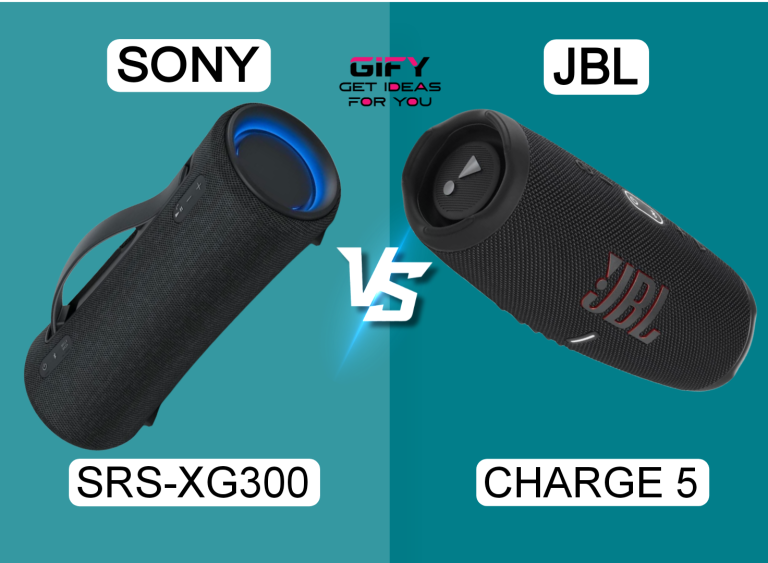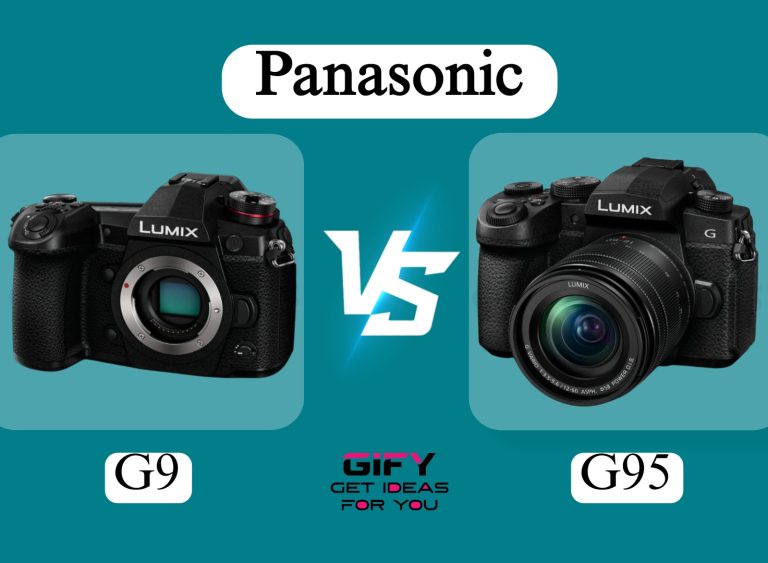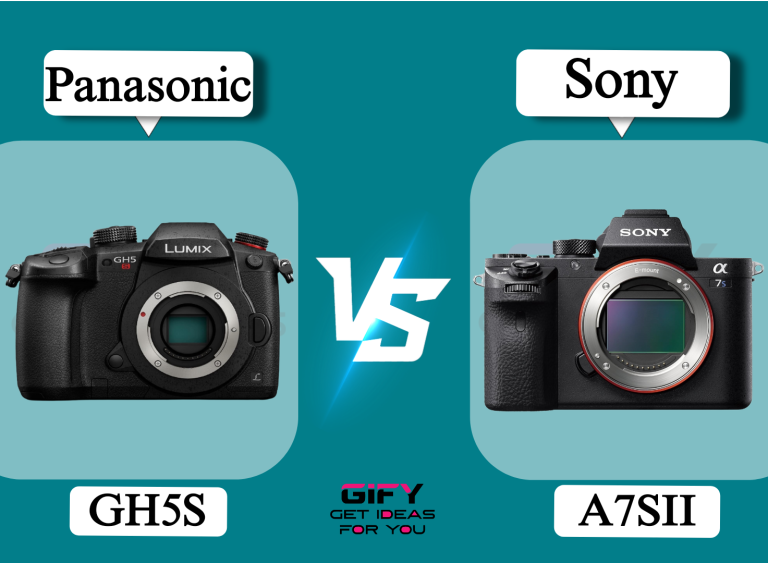Sony IMX678 vs IMX415 – Choosing the right image sensor can completely change how your dash cam performs, especially in 4K video quality, night visibility, and real-time clarity. Sony’s IMX678 and IMX415 are two of the most discussed sensors today,
both known for their strong imaging technology and reliability. This comparison explains how these two sensors differ in performance, use cases, and technical features to help you decide which one is the smarter pick for your needs.
Understanding the contrast between the Sony IMX678 and Sony IMX415 matters because both belong to Sony’s advanced STARVIS family, yet they target slightly different audiences. The IMX678 belongs to the next generation,
powered by STARVIS 2 technology for improved low-light sensitivity and dynamic range. The IMX415, on the other hand, still stands as a powerful and trusted performer with its crisp 4K output and dependable Sony STARVIS foundation.
In this guide, you’ll learn how each sensor behaves in real-world situations. Whether you are using it in a 3-channel dash cam like the Vantrue N4 Pro (IMX678) or in a dual-channel setup like the BOTSLAB G980H (IMX415),
you’ll get a full understanding of what makes one better than the other. We’ll also explore key elements such as image clarity, sensor size, architecture, and recording stability to uncover which model fits your requirements best.
By the end, you’ll have a complete view of the strengths and weaknesses of both sensors, helping you confidently select the one that aligns with your daily driving habits, professional use, or video recording demands. Let’s dive deeper into this detailed Sony IMX678 vs IMX415 comparison.
Sony IMX678 – 3 Channel Dash Cam, STARVIS 2 Excellence
The Sony IMX678 sensor is featured in modern dash cams such as the Vantrue N4 Pro, designed to deliver true 4K cinematic quality with three-channel recording. It belongs to the STARVIS 2 platform,
a new generation of Sony’s imaging sensors built for enhanced night vision, wide dynamic range, and color accuracy. This makes it a strong option for users who value crystal-clear details in every frame, regardless of lighting conditions.
Detailed Overview
The Vantrue N4 Pro powered by Sony IMX678 delivers a true 4K resolution at 3840×2160 in both single and multi-channel configurations. This allows drivers to record front, rear, and interior views at once without losing sharpness.
The STARVIS 2 technology enhances light sensitivity, letting the camera capture finer detail in dark environments while maintaining realistic color tones. For professional drivers or frequent travelers, this ensures every trip is recorded with exceptional accuracy.
Vantrue’s exclusive PlatePix technology takes advantage of the IMX678’s dynamic range to recognize license plates even under glare, motion, or challenging brightness levels.
HDR processing further improves clarity in night scenes and prevents loss of detail due to overexposure or shadow. The integration of 5GHz Wi-Fi, GPS, and OTA firmware updates ensures a smooth, connected experience for modern users.
What Is Good
The IMX678 provides remarkable low-light sensitivity, producing balanced and clean footage even in dim conditions. Its STARVIS 2 architecture improves on earlier designs by expanding the full-well capacity of each pixel, which allows more light to be processed before saturation.
Combined with Vantrue’s 4K HDR image pipeline, you get clearer nighttime shots, precise plate reading, and reduced noise levels. The 3-channel recording system also ensures a complete 360° coverage of your car environment.
Voice control, reliable G-sensor protection, and capacitor-based power management enhance the usability and longevity of this sensor setup. The build quality also supports temperature ranges from -14°F to 158°F,
ensuring consistent operation in all weather conditions. It’s ideal for professionals like Uber or rideshare drivers who need constant recording for insurance or passenger monitoring.
What Is Bad
Despite its strong technical edge, the IMX678 setup tends to come at a higher cost compared to older Sony sensors. It also requires more power, and the 4K multi-channel recording consumes larger memory storage quickly.
Another minor drawback is the need for specific accessories such as the hardwire kit for parking mode and correct connection ports for setup. These aspects may add to the total investment, but they ensure reliability and future-proof performance.
Overall Verdict
The Sony IMX678 stands out as a true next-generation imaging solution for advanced dash cams. It captures exceptional detail day and night, minimizes distortion, and produces vibrant yet natural colors. For those who want premium image quality,
advanced control, and multi-camera versatility, the IMX678-powered models like the Vantrue N4 Pro offer industry-leading performance. It’s built for people who demand the best clarity possible for protection, evidence, or creative driving footage.
Sony IMX415 – 4K Dash Cam Front and Rear
The Sony IMX415 sensor powers dash cams such as the BOTSLAB G980H, offering true 4K resolution and proven STARVIS imaging. It focuses on balanced performance, efficient recording,
and dependable results in diverse conditions. With its AI-assisted safety features, the IMX415 delivers a mix of clarity, functionality, and protection for drivers looking for an intelligent camera experience.
Detailed Overview
The BOTSLAB G980H uses the Sony IMX415 sensor to produce ultra-sharp 4K video on the front camera and crisp 2K on the rear. This sensor is known for capturing vivid landscapes and clear nighttime road scenes with consistent color rendering.
It’s paired with an AI-driven NPU chip capable of real-time ADAS alerts, giving the driver notifications about lane departure, vehicle movement, and potential collisions. This combination of image quality and smart driving features makes the IMX415-based dash cam highly reliable.
The sensor’s wide-angle coverage of 170° in the front and 150° in the rear ensures broad visibility. WDR (Wide Dynamic Range) technology improves the sensor’s ability to balance shadows and highlights,
making footage more realistic and clear even under direct sunlight or headlights. Built-in GPS records route data and speed, which can be synced with Google Maps for travel review or accident analysis.
What Is Good
The Sony IMX415 remains one of the most balanced 4K sensors for dash cams. It delivers smooth, natural-looking footage in both bright and dark conditions. With the support of WDR and reliable noise control,
it performs consistently in city traffic and highway environments. The ADAS features, fatigue reminders, and loop recording functions enhance overall safety and driving confidence.
Its design is user-friendly with easy setup and app integration through 5G/2.4G Wi-Fi or Bluetooth. The included 64GB microSD card and static mount simplify installation.
The supercapacitor design ensures durability under temperature changes, providing better reliability than battery-powered alternatives. For everyday drivers, this sensor ensures balanced performance and strong durability.
What Is Bad
While the IMX415 delivers high-quality video, it lacks the next-gen STARVIS 2 improvements found in the IMX678. Low-light sensitivity, while good, doesn’t quite match the newer sensor’s brightness and contrast.
Some users may also find that WDR processing creates slight softness in extreme light transitions. Parking monitoring also requires an additional hardwire kit for full 24/7 protection.
Overall Verdict
The Sony IMX415 is a proven and reliable performer for users seeking clear 4K video, AI-based safety features, and dependable image stability. It’s perfect for drivers who want smart assistance, simple usability,
and strong visual output at a more accessible price point. While not as advanced as the IMX678 in low-light performance, it still ranks as one of the best value 4K sensors for daily driving and long-term recording.
Common Features
Both the Sony IMX678 and Sony IMX415 share several core technologies that make them highly efficient and dependable for automotive use. Below are the main features that set them apart in the dash cam market:
- Technology Platform: Both sensors are part of Sony’s STARVIS family, designed for superior light sensitivity and high dynamic range. The IMX678 is based on STARVIS 2, while the IMX415 uses the original STARVIS platform.
- Sensor Size: Each sensor is optimized for compact devices, maintaining a balance between resolution and low-light efficiency.
- Pixel Size: Larger pixel areas in the IMX678 allow for greater light absorption, leading to cleaner night images. The IMX415, though smaller in pixel pitch, still handles illumination well for standard lighting conditions.
- Resolution: Both support true 4K video recording, but the IMX678 can handle higher clarity across multiple channels, such as front, rear, and cabin, simultaneously.
- Low-Light Performance: STARVIS 2 technology gives the IMX678 a clear edge in night vision and shadow detail, while the IMX415 still performs strongly in moderately lit environments.
- Dynamic Range: Both sensors handle bright and dark contrasts effectively, ensuring balanced exposure. The IMX678 benefits from improved HDR performance and richer color reproduction.
- Use Case Focus: The IMX678 is best for advanced 3-channel dash cams or professional-grade setups, while the IMX415 suits dual-channel and AI-assisted cameras for everyday use.
- Architecture: Both sensors rely on back-illuminated CMOS architecture for efficient light capture and faster readout speeds, but the IMX678 offers enhanced quantum efficiency for more detailed image output.
Overall, both Sony sensors offer strong performance, but the IMX678 shows its superiority through its STARVIS 2 platform, which enhances light sensitivity, sharpness,
and overall tonal accuracy. Still, the IMX415 holds its ground with stable, energy-efficient performance and AI-driven functionality, making it an excellent choice for practical use.
Related Article 🎀
FAQs About Sony IMX678 vs IMX415
Which sensor provides better night vision?
The Sony IMX678 offers superior night vision thanks to its STARVIS 2 technology. It captures more light, reduces noise, and preserves detail even in very dark conditions.
Is the Sony IMX415 still good for 4K recording?
Yes, the IMX415 still performs excellently for 4K recording. It’s widely used in dash cams and security cameras because of its reliable clarity and balanced image output.
What’s the main difference between STARVIS and STARVIS 2?
STARVIS 2 offers higher sensitivity, improved color depth, and wider dynamic range than the original STARVIS platform. It’s designed to handle more complex lighting environments with better stability.
Which sensor is better for multi-channel recording?
The IMX678 is better suited for multi-channel recording setups, like front, cabin, and rear views, due to its stronger processing capability and light-handling performance.
Does either sensor support AI features?
While the IMX415-powered cameras often include AI-based ADAS systems, the IMX678 primarily focuses on image performance and clarity. Both have their advantages depending on user needs.
Conclusion
The comparison between sony imx678 vs imx415 reveals that both sensors deliver outstanding image quality and performance for dash cam applications. The IMX678 excels with its STARVIS 2 platform, offering improved night vision, enhanced HDR, and higher clarity across all channels.
The IMX415, on the other hand, remains a trusted and efficient option, combining Sony’s proven imaging power with AI-driven safety features. It’s perfect for drivers who prefer simplicity and intelligent assistance while still enjoying sharp 4K video quality.
- In summary, if you want next-level performance and 24/7 reliability, the IMX678 is the right pick. But if you prefer a balanced, cost-effective, and user-friendly camera, the IMX415 will continue to meet your expectations with ease and confidence.









